The Ministry of National Defense yesterday said it would humbly accept criticism over its civil defense handbook and update it on a rolling basis after illustrations of Chinese military uniforms in the publication were criticized.
An administrator of Facebook group “IDF Ching-kuo Fighter” (IDF經國號) on Tuesday, mere hours after the updated All Out Defense Handbook was released, wrote that the Chinese People’s Liberation Army (PLA) last year replaced older uniforms with its Type-21 family of combat and work uniforms, they said, citing reports from Chinese media.
However, the handbook portrayed the outdated uniforms, the post said.
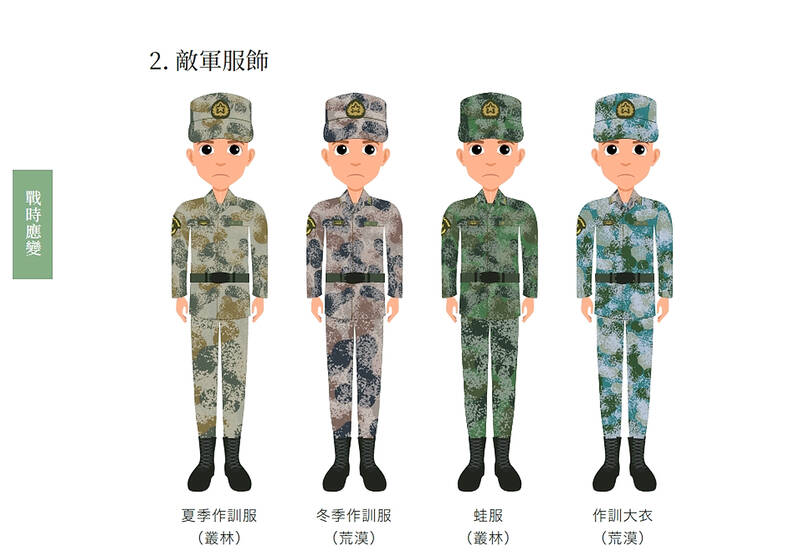
Photo from the civil defense handbook
The new uniforms do not distinguish between the branches, the post said.
The ministry said the handbook’s “visual guide to enemy forces” in a chapter titled “Identification Friend or Foe” could not use photographs of the uniforms due to copyright concerns issues, adding that it would discuss how illustrations in future editions could better reflect reality.
The handbook shows PLA military in different uniforms according to branch and distinct patterns for summer, winter, jungle and desert.
The guide was to ensure that civilians would be able to distinguish PLA combatants from Taiwanese soldiers, said Lin Chen-kai (林楨凱), who is in charge of material mobilization at the All-out Defense Mobilization Agency.
The book would be updated if Taiwan or China introduces new uniforms, Lin said.
Asked about the similarities of uniforms, Major General Lin Wen-huang (林文皇), who is in charge of operational planning at the ministry, said that soldiers routinely use armbands to facilitate identification.
The color of the bands are rotated regularly to avoid the enemy from using the same color as a ruse, he said.
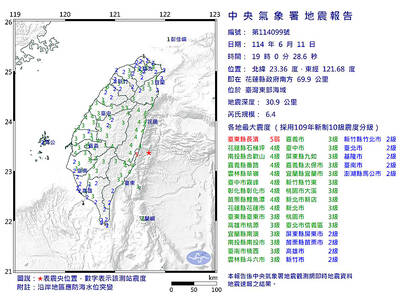
A magnitude 6.4 earthquake struck off the coast of Hualien County in eastern Taiwan at 7pm yesterday, the Central Weather Administration (CWA) said. The epicenter of the temblor was at sea, about 69.9km south of Hualien County Hall, at a depth of 30.9km, it said. There were no immediate reports of damage resulting from the quake. The earthquake’s intensity, which gauges the actual effect of a temblor, was highest in Taitung County’s Changbin Township (長濱), where it measured 5 on Taiwan’s seven-tier intensity scale. The quake also measured an intensity of 4 in Hualien, Nantou, Chiayi, Yunlin, Changhua and Miaoli counties, as well as
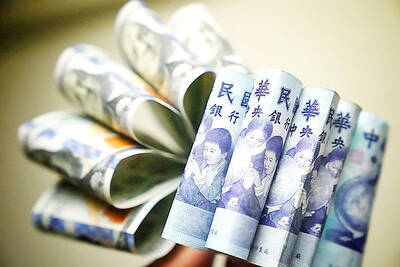
Credit departments of farmers’ and fishers’ associations blocked a total of more than NT$180 million (US$6.01 million) from being lost to scams last year, National Police Agency (NPA) data showed. The Agricultural Finance Agency (AFA) said last week that staff of farmers’ and fishers’ associations’ credit departments are required to implement fraud prevention measures when they serve clients at the counter. They would ask clients about personal financial management activities whenever they suspect there might be a fraud situation, and would immediately report the incident to local authorities, which would send police officers to the site to help, it said. NPA data showed
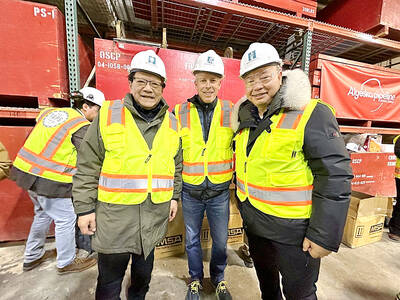
ENERGY RESILIENCE: Although Alaska is open for investments, Taiwan is sourcing its gas from the Middle East, and the sea routes carry risks, Ho Cheng-hui said US government officials’ high-profile reception of a Taiwanese representative at the Alaska Sustainable Energy Conference indicated the emergence of an Indo-Pacific energy resilience alliance, an academic said. Presidential Office Secretary-General Pan Men-an (潘孟安) attended the conference in Alaska on Thursday last week at the invitation of the US government. Pan visited oil and gas facilities with senior US officials, including US Secretary of the Interior Doug Burgum, US Secretary of Energy Chris Wright, Alaska Governor Mike Dunleavy and US Senator Daniel Sullivan. Pan attending the conference on behalf of President William Lai (賴清德) shows a significant elevation in diplomatic representation,
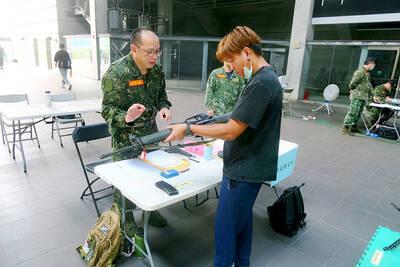
The Taipei City Reserve Command yesterday initiated its first-ever 14-day recall of some of the city’s civilian service reservists, who are to undergo additional training on top of refresher courses. The command said that it rented sites in Neihu District (內湖), including the Taipei Tennis Center, for the duration of the camp to optimize tactical positioning and accommodate the size of the battalion of reservists. A battalion is made up of four companies of more than 200 reservists each, it said. Aside from shooting drills at a range in New Taipei City’s Linkou District (林口), the remainder of the training would be at